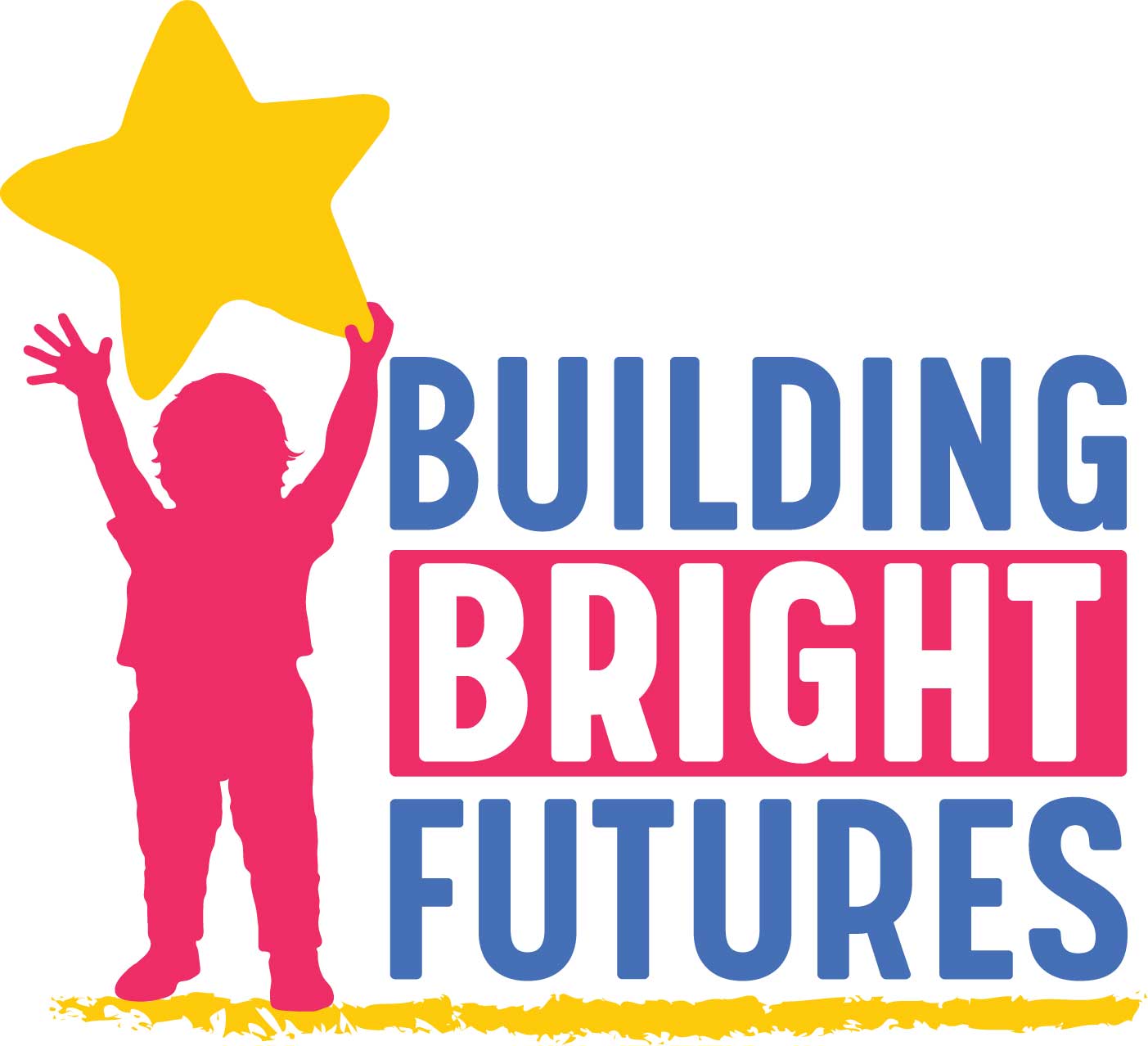According to Maslow’s Hierarchy of Needs, self-fulfillment and psychological needs can only be met if the foundational, basic necessities of individuals are met first. In order to access higher-level functioning, capacity of relationships and achieving one’s full potential, safety and physiological needs must be secured. Thus, the procurement of and access to food remains a basic human right that all of us need not only to survive, but to live well. Vermont has continued to make strides in supporting food security, including becoming the first state in the nation to cover student costs for school meals for all of the reduced-price eligible students in the state (HAVYC, 2018). Specifically, community partners have come together through Hunger Free Vermont, the state’s leading anti-hunger education and advocacy organization, to form Hunger Councils across the state. These Hunger Councils act as a comprehensive model for eliminating food insecurity by bringing together groups of leaders in communities across Vermont, all focused on raising awareness and supporting anti-hunger programs and initiatives. Through resources, education, and collaboration, the Hunger Council in Franklin & Grand Isle Counties has hit the ground running towards achieving food security initiatives.
Focus Since Day One
Food insecurity is defined as, “the state of being without reliable access to a sufficient quantity of affordable, nutritious food”. There are many different organizations focused on supporting communities in northwestern Vermont, and through the Hunger Council of Franklin & Grand Isle Counties, these groups and others concerned about the health and wellbeing of our neighbors have been able to share information and work together. Hunger Free Vermont spent months in the lead-up to the launch of the Hunger Council to build these relationships, which has allowed this group to work together in a very collaborative and positive manner from the start. The Hunger Council first met in May, 2015, and community partners and volunteers have adopted the initiative to ensure that every child, adolescent and adult in the region has access to food. From school lunch programs, congregate meal programs, and supervisory unions to food shelves, childcares, community kitchens and local legislators, the region’s Hunger Council has come together to discuss the necessary action steps to reduce food insecurity throughout the region. The Hunger Council remains an open meeting to all who share interest in continuing action towards accessible, nutritious food for everyone.
The Numbers Speak
With an increase in the region’s child population under 9 years old (from 46.5% to 48.5%) and the percentage of children in living in poverty, (36.9%), (HAVYC, 2018), children and families remain in need of food security across the state. Research shows that as many as 1 in every 10 households in Vermont experience food insecurity and 14% of Vermont children under the age of 18 live in food insecure households. Additionally, the Vermont Foodbank distributed over 800,000 pounds of food in Franklin/Grand Isle Counties, alone. After sitting down with Robert Ostermeyer, Director of Franklin/Grand Isle Community Action and Co-Chair of the Franklin & Grand Isle Hunger Council, it remains clear that the action steps being taken to support food distribution across the region have been a diligent undertaking. Community partners like C.I.D.E.R., The Rotary Club of St. Albans, Healthy Roots VT, and Martha’s Kitchen (to name a few) have remained passionate about providing food across Franklin/Grand Isle counties.
Robert states, “There’s food in this area and people volunteering/working to make it accessible. The question remains: how do we get food that last mile into families’ homes?” While there may not be a clear answer to this question, the region’s Hunger Council continue to meet quarterly, pose questions and identify areas of action needed to meet community needs around food. Furthermore, most of the work being carried out in local food shelves and food programs are conducted on a volunteer basis. This incredible source of community collaboration and resilience continues to keep empowered initiatives to end food insecurity in families’ homes.
What’s Next in the Fight against Food Insecurity?
Support and community outreach around food insecurity moves boldly forward into a healthier future. However, the Hunger Council and community members continue to meet barriers to progress. One of the most pressing issues remains in the challenge of making food accessible for families in the more rural areas in the region. Consistent access to reliable transportation to ensure that food can reach peoples’ homes will be essential in supporting food security. Being able to pick up and transport food to families at home remains a barrier to access, as many families do not have the means to drive themselves to local food shelves. Between October, 2017 and September, 2018, CVOEO in St. Albans reports that there were over 9,000 visits to local food shelves (NorthWest Family Foods Data, CVOEO, 2018) and it is suspected that this number would increase significantly if reliable transportation allowed for food transports to rural areas in the region. The Hunger Council continues to consider transportation critical to their initiatives and it will be discussed in their upcoming council meeting agenda on February 11.
Remaining educated and conscious of the realities of food insecurity in Franklin/Grand Isle Counties will continue to keep the region moving in a positive direction. Checking out your local food shelves and continuing conversations at the regional levels about accessible, nutritious food for all Vermonters can invite more proactive, motivated voices to the table on the issues discussed here. The next Franklin/Grand Isle Hunger Council meeting will take place on Monday, February 11th from 3:00-5:00 PM at the State Office Building (27 Federal Street, St. Albans, Room 138) if you want to see the council in action! To learn more about this topic, check out the video link below and the resources provided to explore more about how the dedicated volunteers, staff and local Hunger Council members keep our region moving towards a hunger-free Vermont.
Resources:
Canaday Family Trust (2018), http://canadayfamily.org/
Hunger Free VT, (2018). Hunger council of Franklin & Grand Isle Counties. Retrieved from: https://www.hungerfreevt.org/hunger-council-of-franklin-grand-isle-counties/
https://www.simplypsychology.org/maslow.html
Champlain Valley Office of Economic Opportunity, 2018. NorthWest Family Foods Data.
Building Bright Futures, (2018). How are Vermont’s Young Children and Families? Retrieved from: http://buildingbrightfutures.org/






